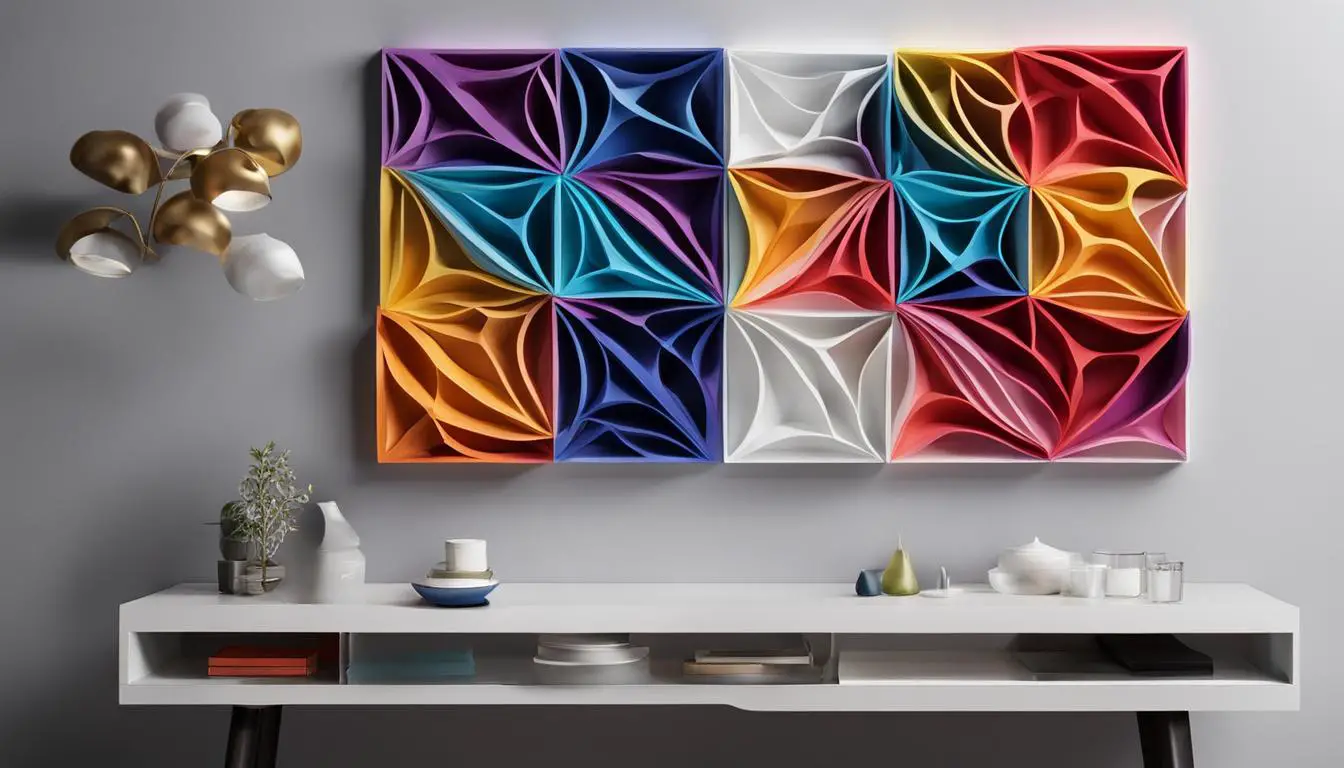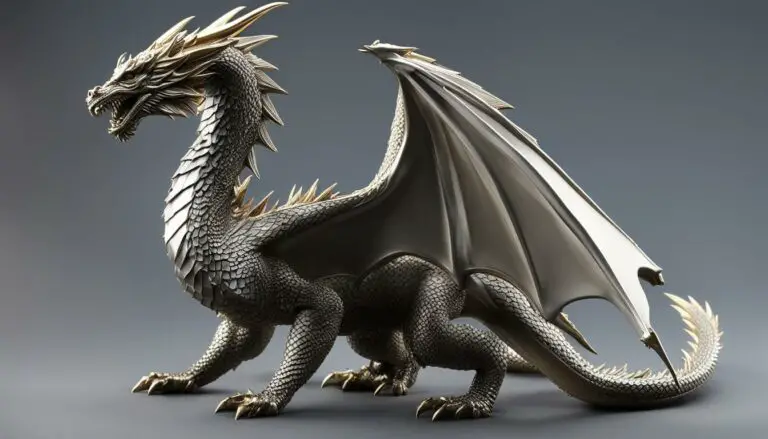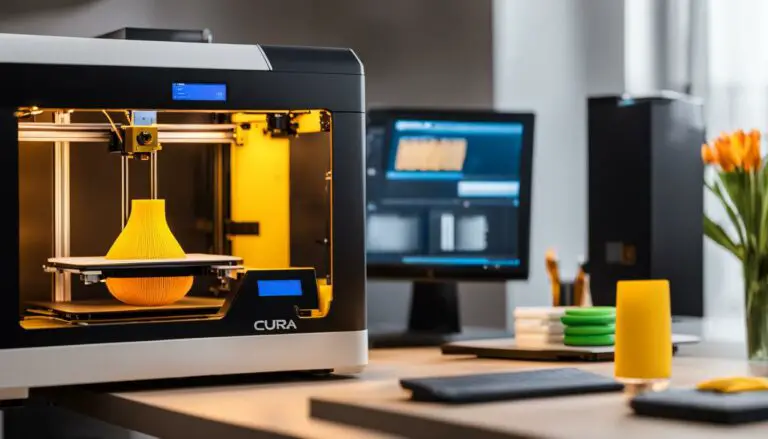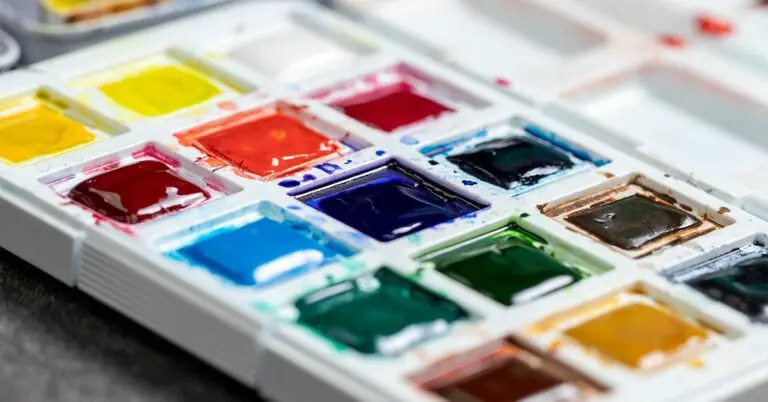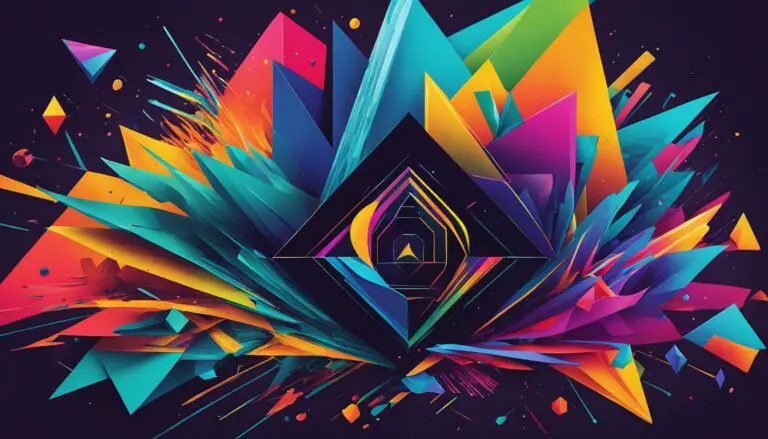3D Printer Wall Art Trends: New Insights & Data
Originally posted on December 12, 2023 @ 9:59 am
This article will delve into the most recent developments and advancements in the realm of decorative items made with 3D printing, highlighting the endless potential of this technology for crafting one-of-a-kind and customized wall decorations.
Over the years, three-dimensional printing technology has grown by leaps and bounds, revolutionizing the manufacturing industry. With its ability to provide customization, various fabrication techniques, and complex geometries at an affordable cost and in a short timeframe, 3D printing has become highly sought after in creating stunning wall art.
From custom 3D printed wall art to modern and innovative designs, this article will delve into the diverse range of options available in the market. We will also discuss the different types of 3D printing technologies, materials used in additive manufacturing, and the latest trends in art tech that are shaping the way we experience and interact with art.
Key Takeaways:
- 3D printer wall art offers endless possibilities for customization and creating unique home decor.
- There are various types of 3D printing technologies, each suited for different applications.
- Polymers, metals, ceramics, and fiber-reinforced composites can all be used in 3D printing.
- Art tech trends like immersive experiences, blockchain, and artificial intelligence are transforming the art industry.
- As technology advances, we can expect to see even more innovation and creativity in 3D printer wall art.
Types of 3D Printing Technology
When it comes to 3D printing, there are several different technologies available, each with its own unique capabilities and applications. Understanding the different types of 3D printing technology can help you determine which method is best suited for your specific needs.
Stereolithography (SLA)
Stereolithography, or SLA, utilizes a UV laser to solidify a liquid photopolymer resin layer by layer. This process allows for the creation of objects with excellent surface polish and high resolution. SLA technology is often used in applications that require intricate details and smooth surfaces.
Digital Light Processing (DLP)
Digital Light Processing, or DLP, technology uses a digital light projector to cure an entire layer of photopolymer resin at once. This method is known for its speed and is often used to create larger objects quickly. DLP 3D printers are commonly used in industries such as jewelry making and product design.
Fused Deposition Modeling (FDM)
Fused Deposition Modeling, or FDM, is one of the most popular and widely used 3D printing technologies. FDM printers melt and extrude layers of thermoplastic filament to create objects. This process is known for its affordability and versatility, making it accessible to a wide range of users, from hobbyists to professionals.
Laser Ablation and Multiphoton Polymerization
Other 3D printing technologies include laser ablation and multiphoton polymerization. Laser ablation selectively removes material using a high-power laser beam, allowing for precise and intricate designs. On the other hand, multiphoton polymerization uses high-intensity laser beams to polymerize a liquid resin, creating objects with high resolution and complex geometries.
Each of these 3D printing technologies has its own advantages and applications. Whether you need to create highly detailed objects, large-scale prototypes, or intricate designs, there is a 3D printing technology that is suitable for your specific needs.
| Technology | Main Characteristics | Applications |
|---|---|---|
| Stereolithography (SLA) | Excellent surface polish and high resolution | Jewelry making, product design |
| Digital Light Processing (DLP) | Fast printing speed | Rapid prototyping, large-scale objects |
| Fused Deposition Modeling (FDM) | Affordable and versatile | Hobbyist projects, functional prototypes |
| Laser Ablation | Precise and intricate designs | Microfabrication, microelectronics |
| Multiphoton Polymerization | High resolution and complex geometries | Microfluidics, biomedical applications |
Implications of Popular Materials in Additive Manufacturing
When it comes to additive manufacturing, the choice of materials plays a crucial role in determining the quality, strength, and functionality of the final product. In the world of 3D printer wall art, various materials are used, each with its own unique implications and advantages. Let’s explore some of the popular materials commonly employed in additive manufacturing:
Polymer Materials
Polymers are widely used in 3D printing due to their versatility, affordability, and ease of use. One popular polymer material is polylactic acid (PLA). PLA is a biodegradable and environmentally friendly material that is commonly used in Fused Deposition Modeling (FDM) technology. It offers simple printing processes, a wide variety of colors and patterns, and excellent surface finish. Another commonly used polymer is Acrylonitrile Butadiene Styrene (ABS), known for its good mechanical properties and durability. ABS is often used in applications that require strength, such as functional prototypes and end-use parts.
Metal Materials
Metals are another category of materials commonly used in additive manufacturing. Metal 3D printing allows for the creation of complex and intricate designs with high precision. Metals such as titanium, stainless steel, and aluminum are often used in aerospace, automotive, and medical industries. These metals offer exceptional strength, durability, and resistance to high temperatures, making them suitable for a wide range of applications.
Ceramic and Fiber-reinforced Composites
In addition to polymers and metals, ceramic and fiber-reinforced composites are also popular materials in additive manufacturing. Ceramic materials, such as zirconia and alumina, are known for their excellent thermal and electrical insulation properties. They are often used in applications that require high-temperature resistance, such as engine components and aerospace parts. Fiber-reinforced composites, on the other hand, combine the strength and rigidity of fibers with the versatility of polymers or metals. These composites offer enhanced mechanical properties and are commonly used in industries such as automotive, aerospace, and sports equipment manufacturing.
| Material Type | Advantages | Applications |
|---|---|---|
| Polymers | Versatile, affordable, easy to use | Home decor, prototyping, functional parts |
| Metals | Strong, durable, high-temperature resistant | Aerospace, automotive, medical |
| Ceramics | Excellent thermal and electrical insulation | Engine components, aerospace parts |
| Fiber-reinforced composites | Enhanced mechanical properties | Automotive, aerospace, sports equipment |
Latest Trends in Art Tech and 3D Printer Wall Art
The art industry is undergoing a digital revolution, and the integration of technology is reshaping the way we create, experience, and appreciate art. From immersive technologies to blockchain, artificial intelligence, mobile apps, and 3D technologies, there are several exciting trends shaping the world of art and 3D printer wall art.
Immersive Technologies:
Immersive technologies like virtual reality (VR), augmented reality (AR), and extended reality (XR) are transforming the way we engage with art. Artists can now create immersive experiences that transport viewers into virtual worlds, enabling them to interact with art in new and exciting ways. Virtual exhibitions allow art enthusiasts to explore galleries and museums from the comfort of their own homes, expanding access to art and making it more accessible to a wider audience.
Blockchain in Art:
Blockchain technology is revolutionizing the art market by providing transparency, security, and provenance for artworks. Blockchain’s decentralized nature ensures that art transactions are secure and tamper-proof, allowing for the creation of digital certificates of authenticity. Additionally, blockchain has facilitated the rise of non-fungible tokens (NFTs), which enable artists to tokenize their work and sell digital art directly to collectors. This technology has opened up new opportunities for artists and collectors alike, making the art market more inclusive and democratized.
Artificial Intelligence in Art:
Artificial intelligence (AI) is making its mark in the art world by assisting artists in the creative process and enhancing the visitor experience. AI algorithms can generate new artistic styles, collaborate with artists, and even create unique pieces of art. Museums and galleries are also leveraging AI-powered chatbots and virtual assistants to provide personalized recommendations, answer questions, and enhance the overall visitor experience. With AI, art is evolving into a dynamic and interactive medium.
Mobile Apps and 3D Technologies:
Mobile apps are revolutionizing the way we engage with art by providing easy access to art collections, artist portfolios, and exhibition information. These apps allow users to explore artworks, learn about artists, and even purchase art directly from their mobile devices. Additionally, 3D technologies are expanding the possibilities of art creation by enabling artists to scan and reproduce physical art pieces, capturing intricate details and textures. This opens up new avenues for collaboration, experimentation, and customization in the world of 3D printer wall art.
As technology continues to advance, the world of art and 3D printer wall art will continue to evolve and push boundaries. From immersive experiences and blockchain to artificial intelligence, mobile apps, and 3D technologies, these trends are reshaping the art industry and offering new possibilities for artists, collectors, and art enthusiasts. Embracing these innovations can unlock a world of creativity, personalization, and accessibility, making art more engaging, inclusive, and dynamic than ever before.
Conclusion
The world of 3D printer wall art is constantly evolving, driven by the latest trends in technology and the increasing demand for unique and customizable art pieces. Additive manufacturing, including 3D printing, has revolutionized the art industry, allowing for the creation of intricate designs with precise details.
Art tech trends such as immersive experiences, blockchain, and artificial intelligence have also played a significant role in transforming the way art is created, displayed, and traded. Immersive technologies like virtual reality and augmented reality offer a multi-sensory experience, bringing art to life in ways never seen before.
Blockchain technology has introduced secure trading platforms and the ability to verify the authenticity and provenance of artworks, while artificial intelligence simplifies production processes and enhances the visitor experience. These advancements have paved the way for new possibilities and opportunities for artists and art enthusiasts alike.
As 3D printer wall art trends continue to evolve, we can expect to see even more innovation and creativity in the field. The combination of additive manufacturing, customization, immersive experiences, blockchain in art, and artificial intelligence will redefine the boundaries of traditional art forms. Whether it’s through intricate designs, personalized creations, or interactive exhibitions, 3D printer wall art is truly pushing the limits of artistic expression.
FAQ
What is 3D printing technology?
3D printing technology is a manufacturing process that creates three-dimensional objects by adding layers of material. It allows for customizatio, prototyping, various fabrication techniques, and can produce complex geometries at a low cost in a short timeframe.
What are the applications of 3D printing technology?
3D printing technology has applications in various sectors, including aviation, healthcare, and automation. In the field of medicine, it is used to create surgical guides, patient-specific implants, prosthetics, tissues, and even organs. It has also introduced a new age of mass customization, allowing consumers to have greater choices for the final product.
What are the different types of 3D printing technologies?
There are various types of 3D printing technologies, including stereolithography (SLA), digital light processing (DLP), fused deposition modeling (FDM), laser ablation, and multiphoton polymerization. Each technology has its own unique capabilities and applications.
Which materials can be used in 3D printing?
Polymers such as polylactic acid (PLA) and ABS are commonly used in 3D printing due to their versatility, affordability, and ease of use. Metals, ceramics, and fiber-reinforced composites can also be easily 3D printed, offering strength, durability, and resistance to high temperatures.
How is technology transforming the art industry?
Technology, such as virtual reality (VR), augmented reality (AR), extended reality (XR), blockchain, artificial intelligence (AI), and mobile apps, is transforming the art industry. These advancements enable multi-sensory art experiences, secure trading platforms, data-driven insights, and simplified production processes.
How is 3D printing impacting the art world?
3D printing technology is revolutionizing the way art is created, displayed, and traded. It allows for the creation of complex structures and precise details. It also enables the scanning and reproduction of art pieces, opening up new possibilities for artists and art enthusiasts.

